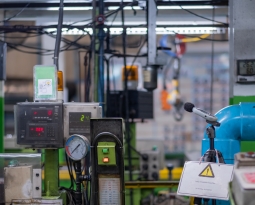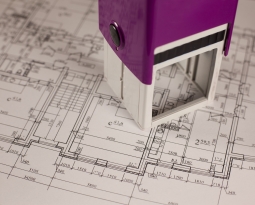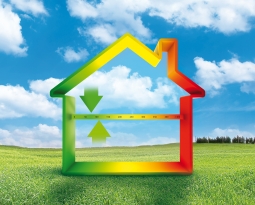An Energy Statement (also known as an Energy Strategy) is often an integral part of any planning application. The team of energy assessors at Abbey Consultants share five things that they want their clients to know before commissioning an Energy Statement.
The importance of an Energy Statement
A clear and concise Energy Statement is the foundation of a strong planning application. Therefore, choosing the right energy assessor is a crucial first step in the planning application process.
Your Energy Statement will provide details about how the proposed development meets all the energy efficiency and carbon emissions targets at national and local levels.
Each Energy Statement will include:
- Energy and CO2 demand for the site
- Energy and CO2 emissions reduction targets
- Proposed materials, heating, lighting and ventilation specifications
- Potential renewable energy solutions
- Sample SAP or SBEM calculations
- Other considerations (dependent on your Local Planning Authority’s requirements)
Context is key
Developments across the country must meet the national energy requirements stipulated in Part L of Building Regulations. The Greater London Authority (GLA) sets an overriding standard for Local Boroughs in and around the capital. Within this structure, the planning authority associated with each Local Borough can set its individual emissions targets: CO2 reduction targets across London can vary from 35% up to 50%. Other LPAs across the country also set their own energy requirements which ask developers to go above and beyond national standards.
Before writing an Energy Statement, thorough research must be conducted to find out the specific energy and carbon emission targets associated with your LPA. With many years of experience under our belts, we write bespoke Energy Strategies which carefully consider the specific requirements of your LPA.
All about those Baseline Emissions
Modelling your proposed development’s baseline emissions comes early in the pre-application process. This is because baseline emissions must be included in your Energy Statement. While some planners have asked for the whole building or development to be modelled, this is rare. A few modelled flats or units are usually sufficient for pre-planning.
Baseline emissions are the maximum carbon emissions permitted under Part L of Building Regulations. In other words, the CO2 Target Emissions Rate (TER) sets a minimum allowable standard for the energy performance of your development. The TER is defined by the annual CO2 emissions of a notional building of the same type, size and shape to the proposed building.
What are your Actual Emissions?
Using SAP Calculations for dwellings or SBEM reports for non-residential spaces, our energy assessors calculate your project’s Dwelling Emission Rate (DER). Once again, these figures will be detailed in your Energy Statement. The DER is the actual CO2 emission rate of self-contained dwellings or individual flats based on their actual specification. To comply with Building Regulations, your development’s DER must be lower than the proposed TER.
When it comes to determining the actual CO2 emission rate, our team collaborates with the other key design team consultants working on your project. We get to know your project inside out so that we can provide a thorough Energy Statement along with expert advice and cost-effective solutions.
Lots and lots of Policy
When thinking about Energy Statements and the planning application process, policy (lots and lots of policy) quickly comes to mind. The Local Plan, and all of its supplementary documentation, only scratches the surface. Now more than ever, we are seeing interim policies take temporary charge as many local authorities make drastic changes for the future.
Navigating this sea of policy can feel overwhelming at the best of times, but we when we write your Energy Statement this stress is taken from you. It is our job to help you meet energy targets. Our energy assessors liaise directly with your LPA to identify their specific and most up-to-date energy and carbon reduction requirements.








